Boutique coffee producing area, the origin of Panamanian Poquet coffee beans, where did the coffee beans come from?
Panamanian Pocket Rose Summer
Country of origin: Panama
Producing area: Pokuit
Altitude: 1600 m
Variety: Rose summer
Treatment method: sun treatment
Baking degree: moderate baking
The flavor is reflected in white flowers, berry aromas, lactic acid and pineapple.
Bright and complex floral aromas, multi-layered, high-sweetness fruit tonality and delicate soft acidity.
It is recommended that the gram weight of hand-brewed coffee recommended by SCA should be 15g coffee powder 90 degrees to 93 degrees hot water 225ml and the ratio of water to powder at 1:15.
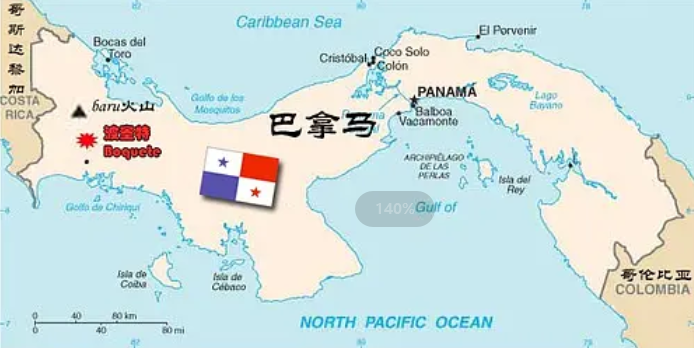
Production area introduction
Panama is a small country in the center of the American continent, bounded by Colombia to the east, the Pacific Ocean to the south, Costa Rica to the west and the Caribbean Sea to the north. Boquete, a town of Chiriqui in the province of Riki, is located near the border between Panama and Costa Rica, near the famous Baru Baru volcano, with fertile soil, climate and soil suitable for producing quality coffee.
Anyone who knows anything about individual coffee should know that Panamanian coffee is famous in the coffee world as the geisha Geisha (the name of Rosa) in the Emerald Manor. Panamanian Emerald Manor can be said to be a country that strives for coffee and is rich in high-quality coffee.
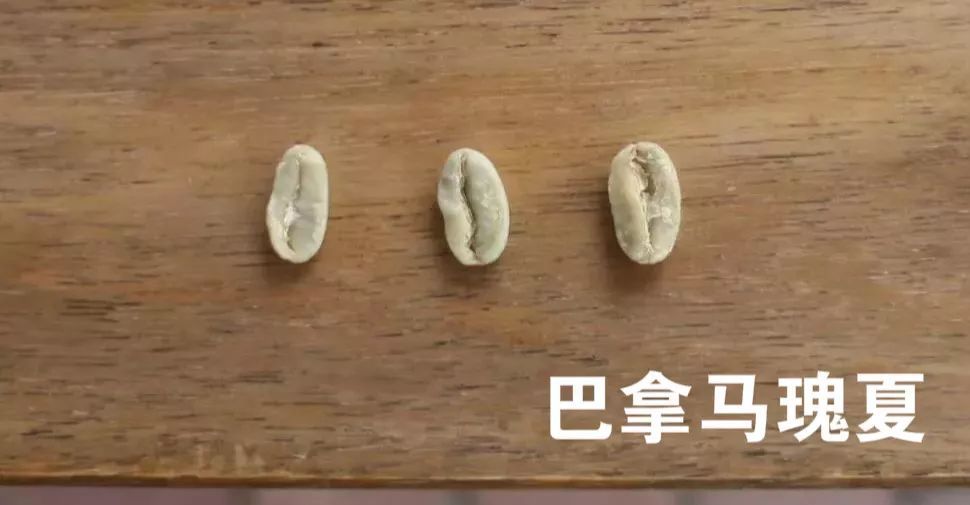
History and Market of Panamanian Coffee
The first coffee trees are thought to have been brought by a British captain who settled in Panama in the early 19th century. Although they were originally planted in coastal areas, the colonists began to seriously plant them in the Poquet Valley and the western highlands, where many settlers settled.
The microclimate of the Boquet Valley has proved to be an ideal place to grow coffee because of its high altitude, rich volcanic soil, the shadow of Mount Baru, and the climatic effects of the Pacific and Atlantic oceans. Over time, many varieties were imported and planted, but the development of specific coffee planting strategies lagged behind until some foreign families settled in Silicon Valley decided to try and meet the growing demand for high-quality Arabica coffee.
There are also many excellent estates in the Pokuit producing area, except the famous Emerald Manor, Arida Manor, Catova Duncan Manor and so on. All of them produce high-quality boutique coffee, which is not only due to the superior ecological conditions of the Pokuit region of Panama, but also an important factor. The microclimate in the Poquet Heights of Panama is a unique and important resource for boutique coffee in the Pokuit region. This is the Panamanian environment from east to west that allows cold air to converge above 6500 feet through the Central Mountains, thus creating a variety of microclimates in the Pokuit region, making its temperature and rainfall very suitable for plant growth. so the coffee trees grown here grow very well.
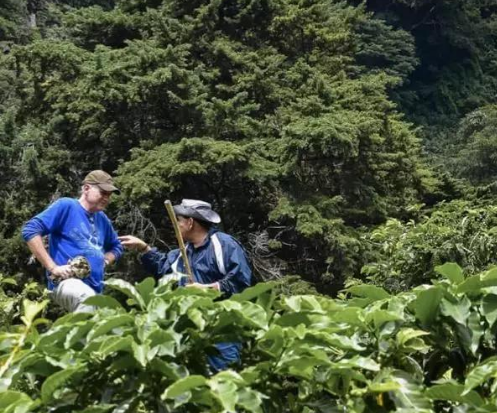
The coffee producing areas of Panama are mainly divided into the following four areas:
1. The coffee produced by the Pokuit region (Boquete) is of high quality and high production, which is the highest and highest quality coffee producing area in Panama.
two。 The coffee produced in Vocan has a mild and balanced flavor, which has attracted the attention of coffee lovers and international experts, and it is believed that it will be on a par with Pokuit in the near future.
3. The Santa Clara producing area (Santa Clara) has Chorerra Falls to irrigate the coffee garden, and the nearby Panama Canal provides convenient transportation so that the coffee in the producing area can be transported to all parts of the world.
4. Piedra de Candela is the most promising rookie for the development of high-quality coffee.
The volcanic producing area is 2000-3000 meters above sea level. The coffee in this area is characterized by a mild and balanced flavor, which has recently attracted the attention of international experts and coffee lovers.
The Santa Clara producing area, which is 1500 meters above sea level, is irrigated by Chorerra Falls and the nearby Panama Canal, allowing coffee from all over Panama to be easily transported to all parts of the world.
The Kendra producing area, which is 1200 meters above sea level, is also the most promising area with the potential for the development of high-quality premium coffee.
Pokuit is the oldest and most famous coffee producing area in Panama. It is also the most elite production area in Panama. It is also the best environment for coffee growth in the world. The Pokuit producing area is located on the plateau at an altitude of about 1000-2000 meters to the east of Baru Volcano, facing the gentle and affectionate sea breeze of the Caribbean Sea and the cold night attack of the Atlantic Ocean, with high and steep mountains. Among them, "Baru Volcano National Park" (VolcanBaru National Park) is an ecological conservation area, rich in biodiversity, with seven kinds of microclimate, and shrouded in mist all the year round, abundant rainfall, creating good local planting conditions. Let Boguet coffee have a unique aroma, produce a unique coffee. During the harvest season, coffee farmers will use water washing and sun drying to make the coffee raw beans full and pure flavor.
Important Notice :
前街咖啡 FrontStreet Coffee has moved to new addredd:
FrontStreet Coffee Address: 315,Donghua East Road,GuangZhou
Tel:020 38364473
- Prev
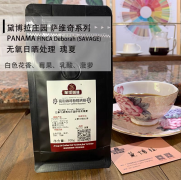
How do you drink rose summer? Deborah Rosa taste characteristics, special treatment of the legal process.
Panama Deborah Rose Summer country: Ethiopia: Walken Manor: Deborah altitude: 2000-2350 m Variety: Savage Series (Rose Summer Series named after the manor owner) treatment: oxygen-free sun treatment baking degree: moderate baking flavor reflected in white flowers, pineapple, lactic acid sweet and sour taste, full taste, overall sweet and sour balance. The recommendation is based on
- Next
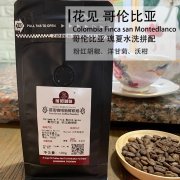
What's the taste of Colombian hand-made coffee? See the origin story and taste of coffee beans.
Columbia Flower country: Columbia Manor: Montblanc Manor altitude: 1900 meters varieties: rose, Kaddura, Kaduai treatment: washing baking degree: moderate baking flavor reflects chamomile aroma, special pink pepper aroma, with sweet mandarin and honey aromas. It is recommended that the gram weight of hand-brewed coffee recommended by SCA should be 15g coffee powder.
Related
- Detailed explanation of Jadeite planting Land in Panamanian Jadeite Manor introduction to the grading system of Jadeite competitive bidding, Red bid, Green bid and Rose Summer
- Story of Coffee planting in Brenka region of Costa Rica Stonehenge Manor anaerobic heavy honey treatment of flavor mouth
- What's on the barrel of Blue Mountain Coffee beans?
- Can American coffee also pull flowers? How to use hot American style to pull out a good-looking pattern?
- Can you make a cold extract with coffee beans? What is the right proportion for cold-extracted coffee formula?
- Indonesian PWN Gold Mandrine Coffee Origin Features Flavor How to Chong? Mandolin coffee is American.
- A brief introduction to the flavor characteristics of Brazilian yellow bourbon coffee beans
- What is the effect of different water quality on the flavor of cold-extracted coffee? What kind of water is best for brewing coffee?
- Why do you think of Rose Summer whenever you mention Panamanian coffee?
- Introduction to the characteristics of authentic blue mountain coffee bean producing areas? What is the CIB Coffee Authority in Jamaica?

